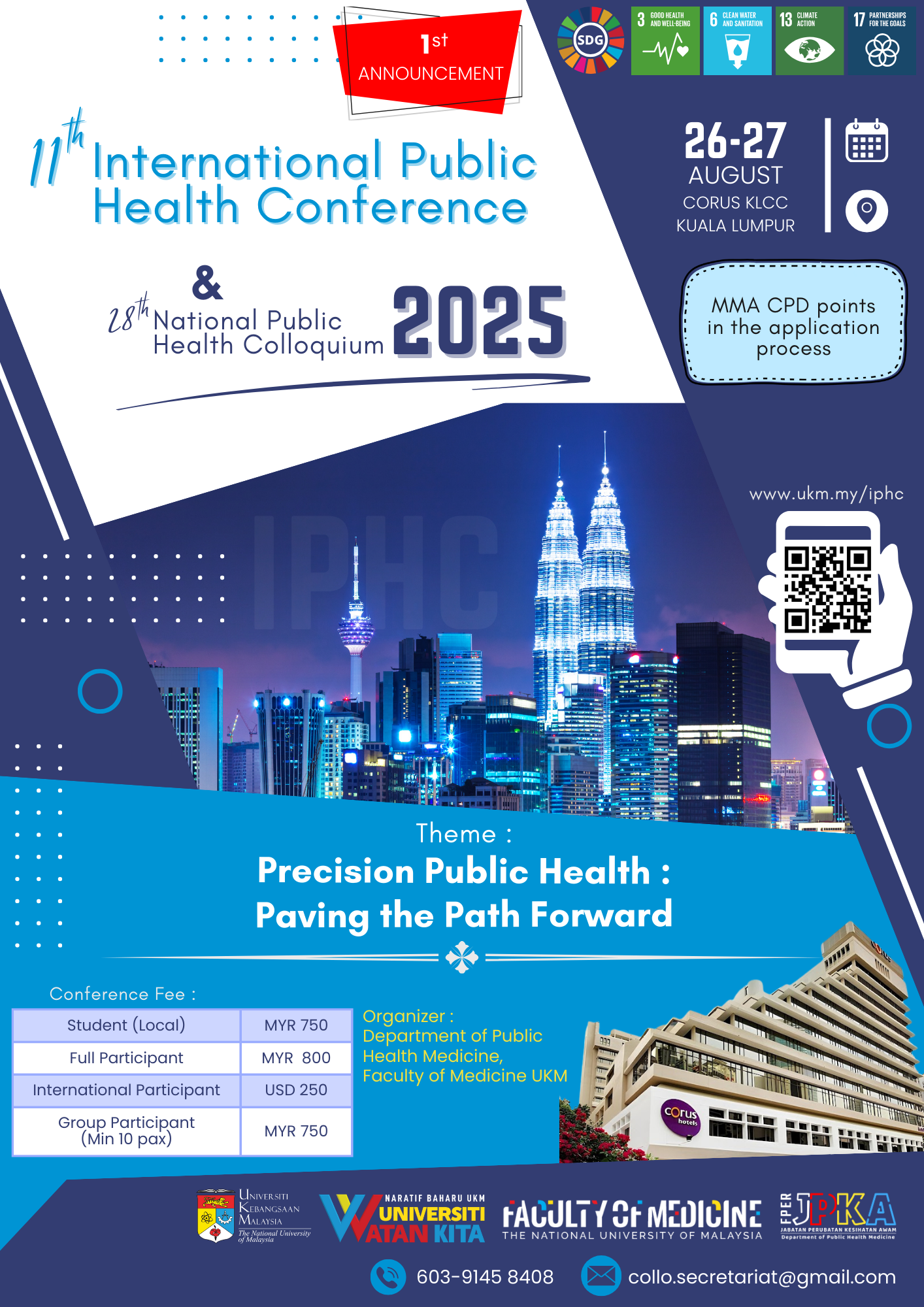Assessment of Microbial Load in Made Tea and Antimicrobial Property of Made Tea Infusion
Keywords:
Antimicrobial activity - Microbial load - Peptone solution - Tea liquor - Tea.Abstract
Introduction
This study aimed to find out that a cup of tea is or is not safe for human health from microbial contamination and to point out the antimicrobial property of made tea liquor.
Methods
Different made tea brands were collected randomly from different super shop of Dhaka city. The Association of Official Agricultural Chemists (AOAC), 2005 was used as official methods of analysis. The Standard Plate Count (SPC) technique was used for total microbial load, yeast and fungal count. Most Probable Number (MPN) technique was used for the enumeration of coliform in tea samples.
Results
Bacteria, yeast, mould and coliform were observed before and after boiling in all studied the samples. Before boiling, total microbial load and coliform were found at significantly higher of its’ acceptable limit (p<0.05) whereas yeast and fungus were found of its’ acceptable limit (p>0.05). After boiling, only coliform was observed significantly higher in all except Tetley tea at its’ non-acceptable limit (p<0.05). Fecal coliform was not present at every stage of this study. Made tea liquor has shown to have antimicrobial property.
Conclusions
Boiling in tea preparation and its’ liquor antimicrobial property considerably reduced the level of microbial load to safe level for public consumption.
Â
References
Namiki M. Antioxidant/antimutagens in food. Critical Reviews in Food Science and Nutrition. 1990; 39: 273–300.
Wiseman S, Waterhouse A, Korver O. The health effects of tea and tea components: opportunities for standardizing research methods: report of an international workshop organized by the ILSI international subcommittee on the health effects of tea components. Critical Reviews in Food Science and Nutrition. 2001; 41: 387–412.
Bokudava MA, Skobeleva NI. The biochemistry and technology of tea manufacture. Critical Reviews in Food Science and Nutrition. 1980; 12: 303–370.
Bouakline A, Lacroix C, Roux N, Gangneux JP, Derouin F. Fungal contamination of food in hematology units. Clinical Microbiology. 2000; 38: 4272–4273.
Wilson C, Dettenkofer M, Jonas D, Daschner FD. Pathogen growth in herbal teas used in clinical settings a possible source of nosocomial infection. Journal of Infection Control. 2004; 32: 117–119.
Hauer T, Jonas D, Dettenkofer M, Daschner FD. Tea as a source of Acenetobacter baumanniiventilator-associated pneumonia. Infection Control Hospital Epidemiology. 1999; Vol. 20, pp. 592-594.
Abdel-Hafe AI, El-Maghaby OMO. Fungal flora and aflatoxin associated with commonly used coffee and tea powders in Egypt. Cryptogamie Mycologie. 1992; 13: 31–45.
Elshafie AE, Allawatia T, Albahy S. Fungi associated with black tea and tea quality in sultanate of Oman. Mycopathologia. 1999; 145: 89–93.
Hasan HAH, Abdel-sater MA. Studies on mycoflora and aflatoxin in regular and decaffeinated black tea. Journal of Islamic Academy of Science. 1993; 6(2): 1–6.
Yde M, Rillaer WV, Maeyer-Cleempoel SD. Microbiological study of tea and herb tea. Archeves Belges Medicine Sociale. 1981; 39: 488–497.
An BJ, Kwak JH, Son JH, Park JM, Lee JY, Jo C, Byun MW. Biological and antimicrobial activity of irradiated green tea polyphenols. Food Chemistry. 2004; 88: 447–451.
Sumary PD, Joseph, WMP, Kennedy E J, Gomezulu E. Indicative investigation of amount caffeine in some commercial teas and coffees found in Dodoma markets. 2011; 2(1): 323-327.
Tiwari RP, Bharati SK, Kaur HD, Dikshit RP, Hoondal GS. Synergistic antimicrobial activity of tea and antibiotics. Indian Journal of Medical Research. 2005; 122: 80–84.
Hu ZQ, Zhao WH, Yoda Y, Asano N, Hara Y, Shimamura T. Additive, indifferent and antagonistic effects in combinations of epigallocatechin. Journal of Antimicrobial Chemotherapy. 2002; 46(2): 558-60.
Tournas VH, Katsoudas EJ. Microbiological Quality of Various Medicinal Herbal Teas and Coffee Substitutes. Microbiology Insights. 2008; 1: 47–55.
Tijburg LBM. Tea flavonoids and cardiovascular disease a review. Critical Reviews in Food Science and Nutrition. 1997; 37: 771-785.
Bianco MI, Lúquez C, De Jong LIT, Fernández RA. Presence of Clostridium botulinum spores in Matricaria chamomilla (chamomile) and its relationship with infant botulism. International Journal of Food Microbiology. 2008; 121: 357–360.
Street RA, Stirk WA, Van Staden J. South African traditional medicinal plant trade - Challenges in regulating quality, safety and efficacy. Journal of Ethnopharmacology. 2008; 119: 705–710.
Romagnoli B, Menna V, Gruppioni N, Bergamini C. Aflatoxins in spices, aromatic herbs, herb-teas and medicinal plants marketed in Italy. Food Control. 2007; 18: 697–701.
Donia MAA. Microbiological quality and aflatoxinogenesis of Egyptian spices and medicinal plants. Global Veterinaria. 2008; 2: 175–181.
Downloads
Additional Files
Published
How to Cite
Issue
Section
License
IJPHR applies the Creative Commons Attribution (CC BY) license to articles and other works we publish. If you submit your paper for publication by IJPHR, you agree to have the CC BY license applied to your work. Under this Open Access license, you as the author agree that anyone can reuse your article in whole or part for any purpose, for free, even for commercial purposes. Anyone may copy, distribute, or reuse the content as long as the author and original source are properly cited. This facilitates freedom in re-use and also ensures that IJPHR content can be mined without barriers for the needs of research.






